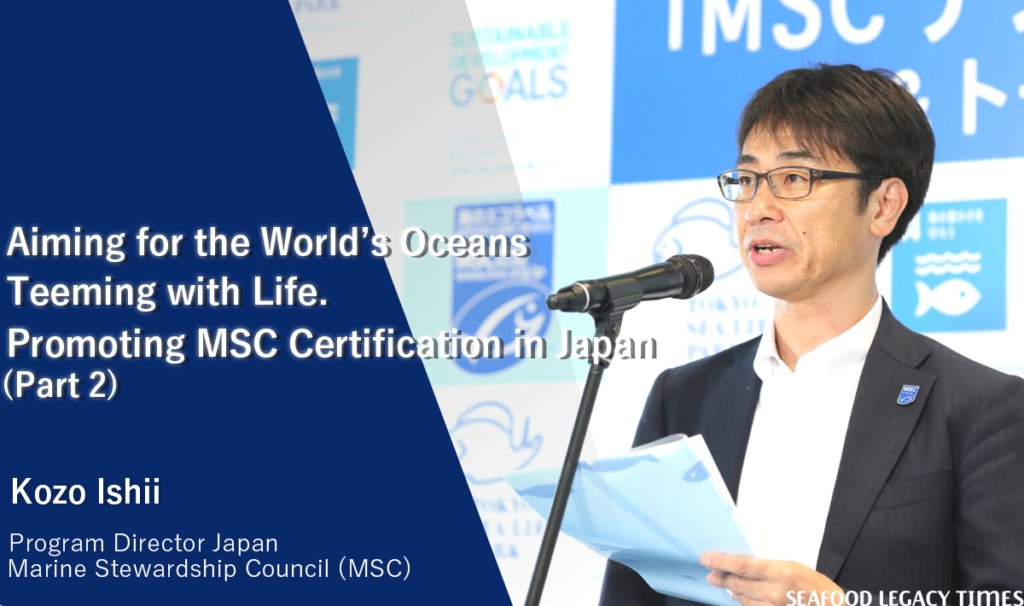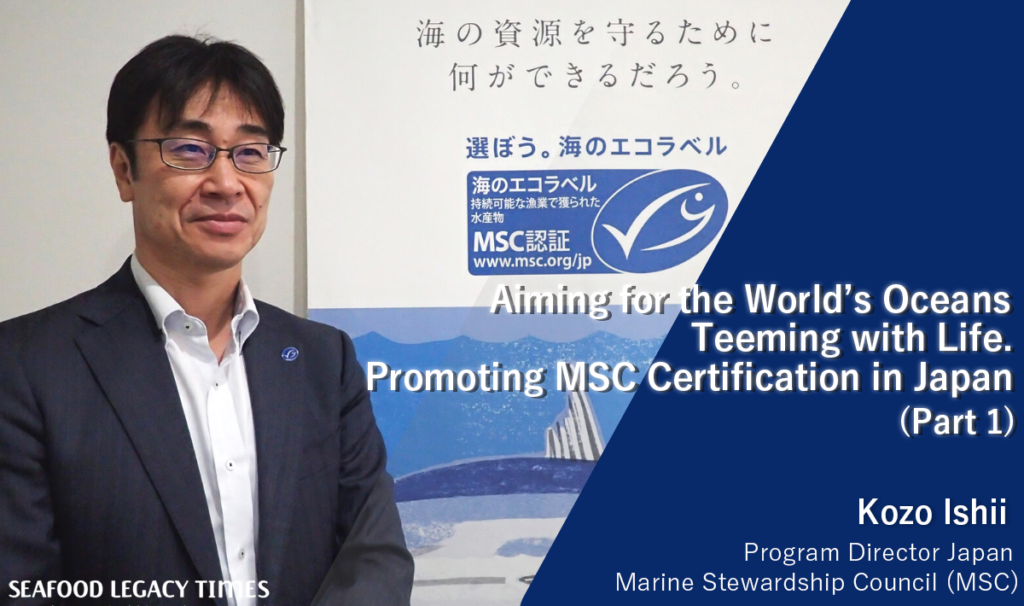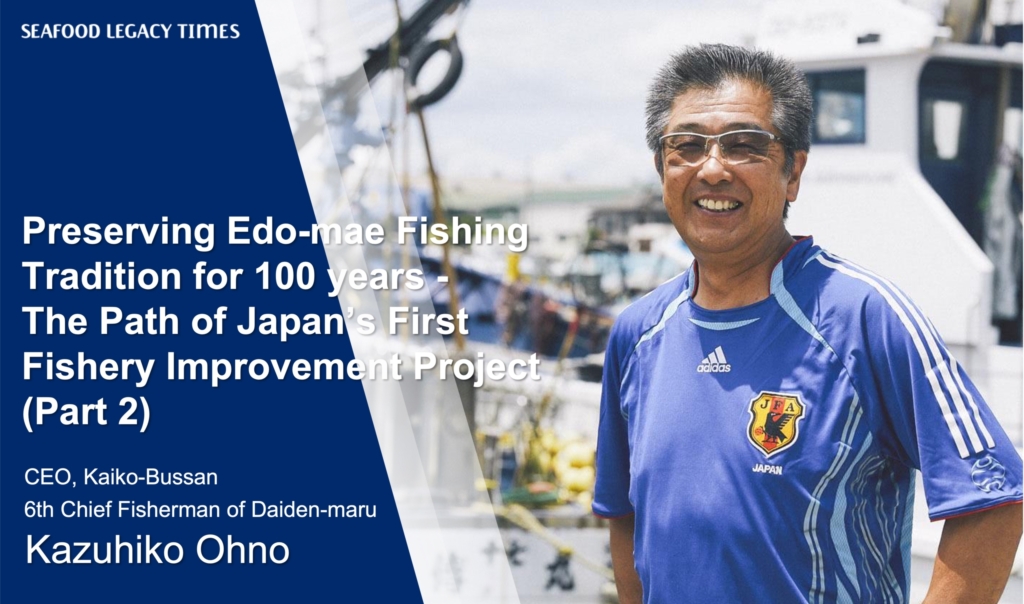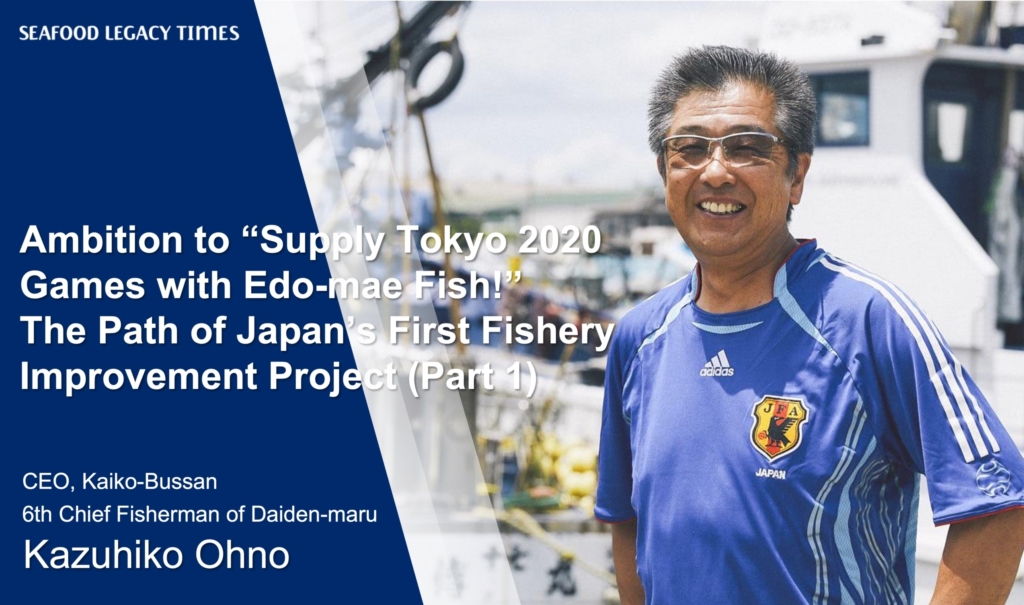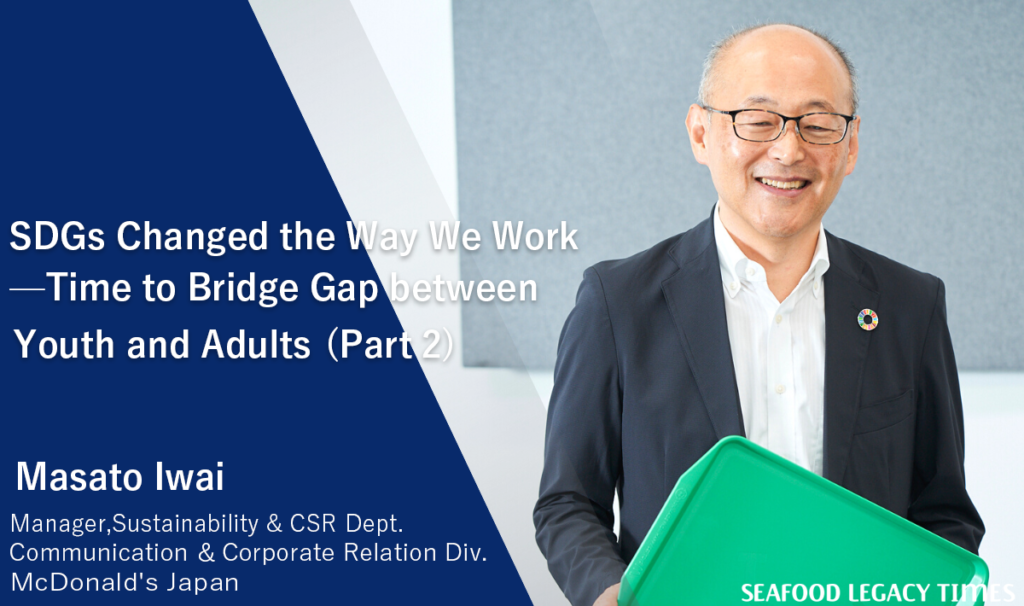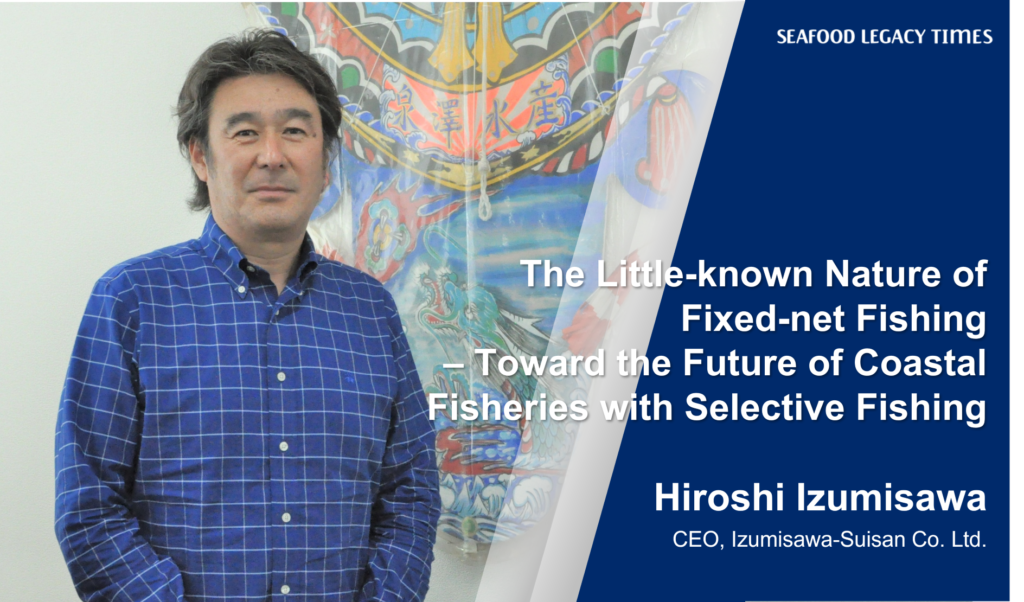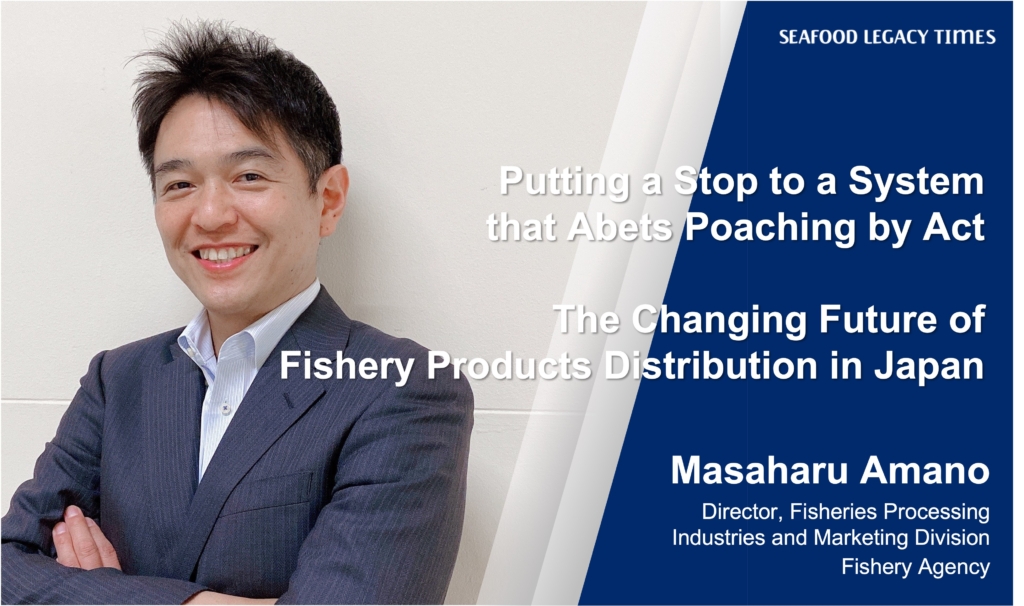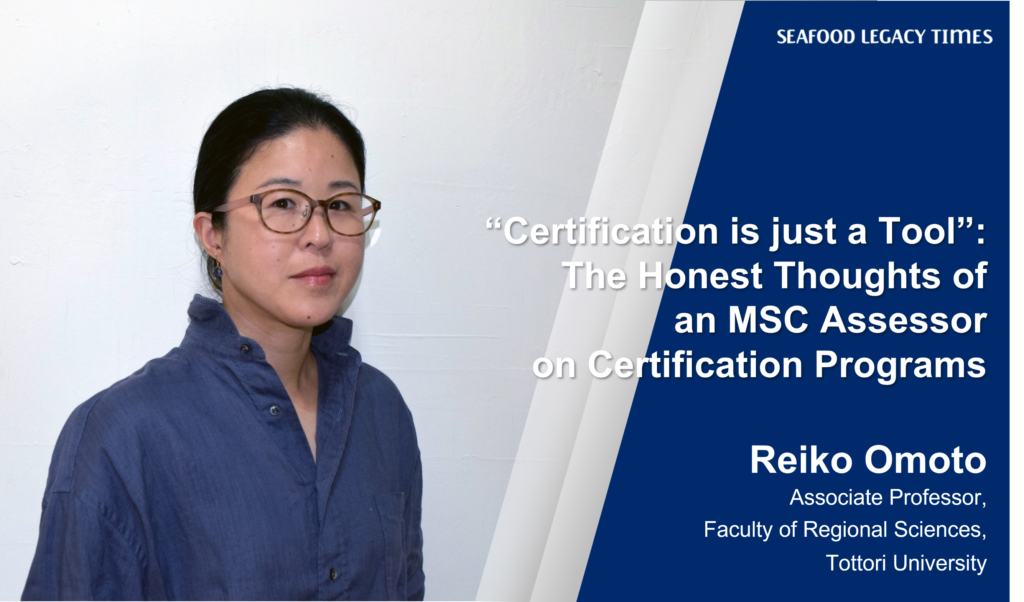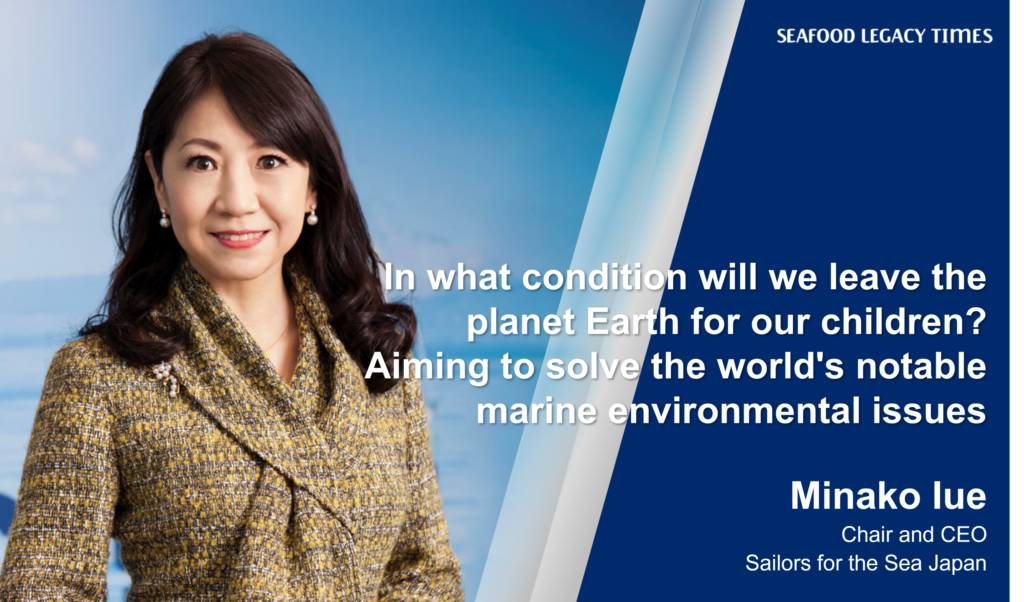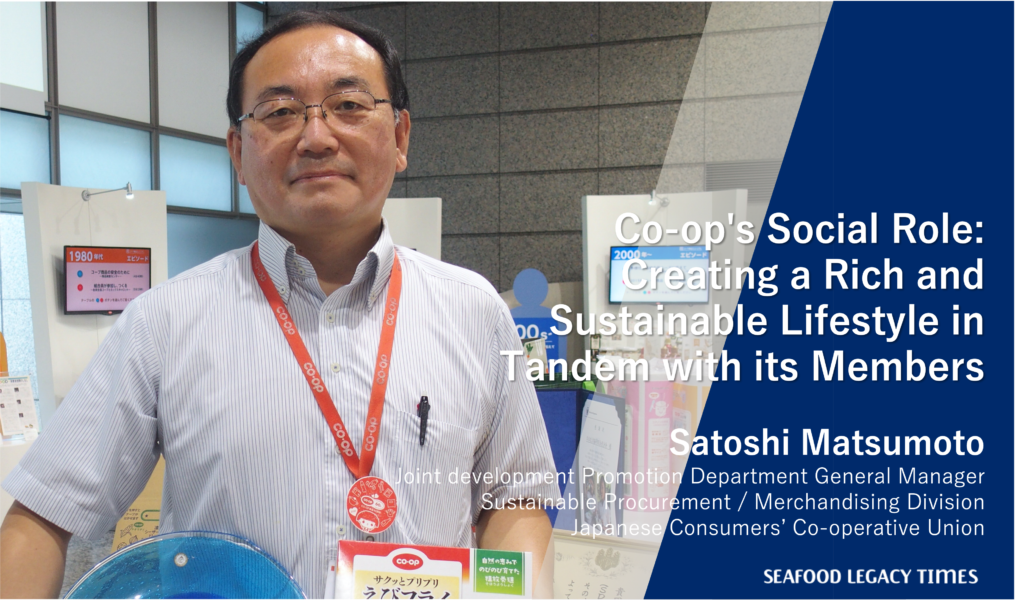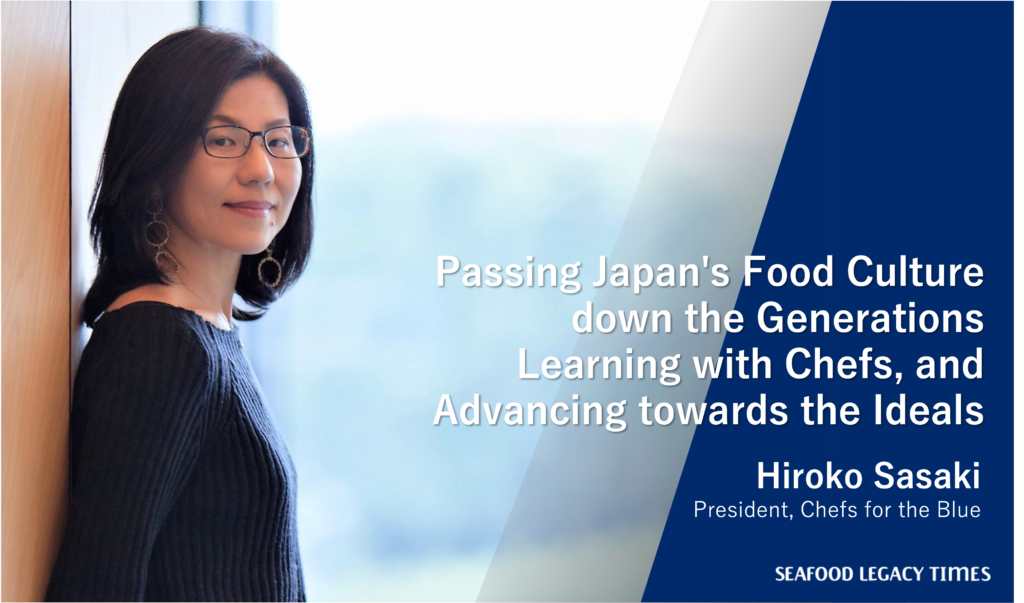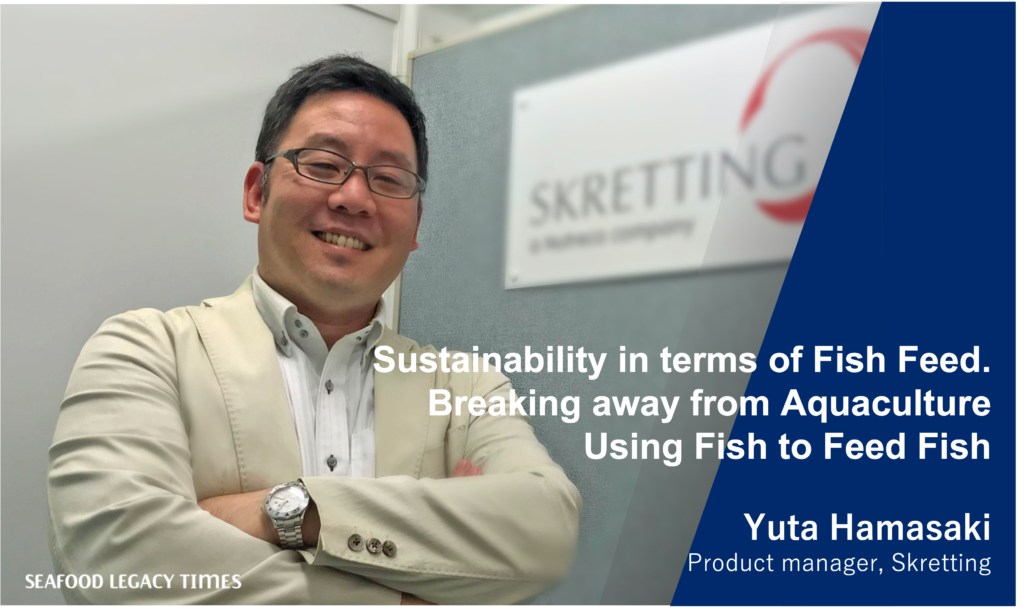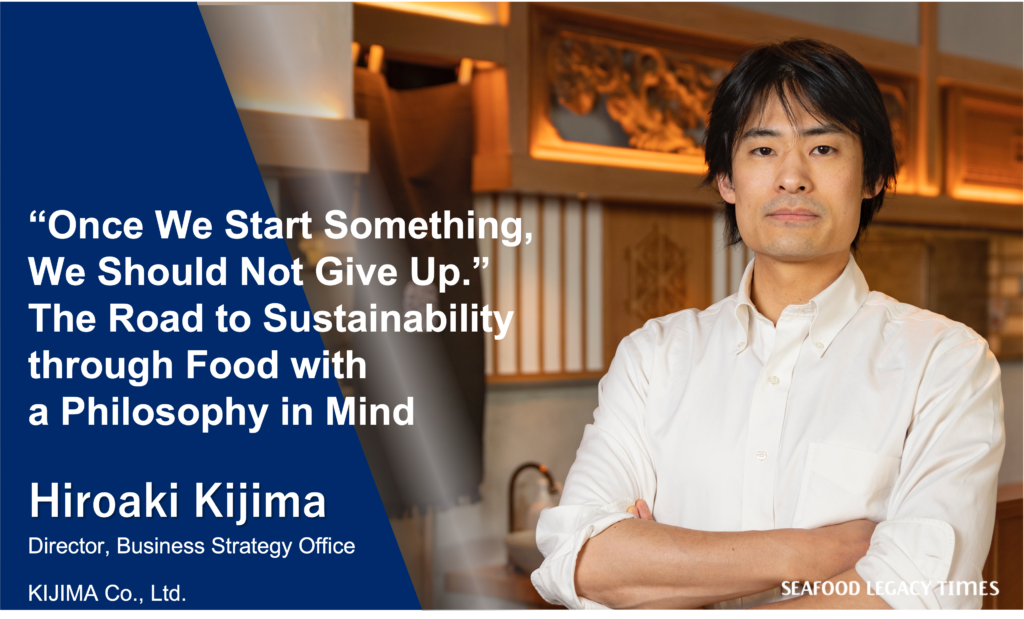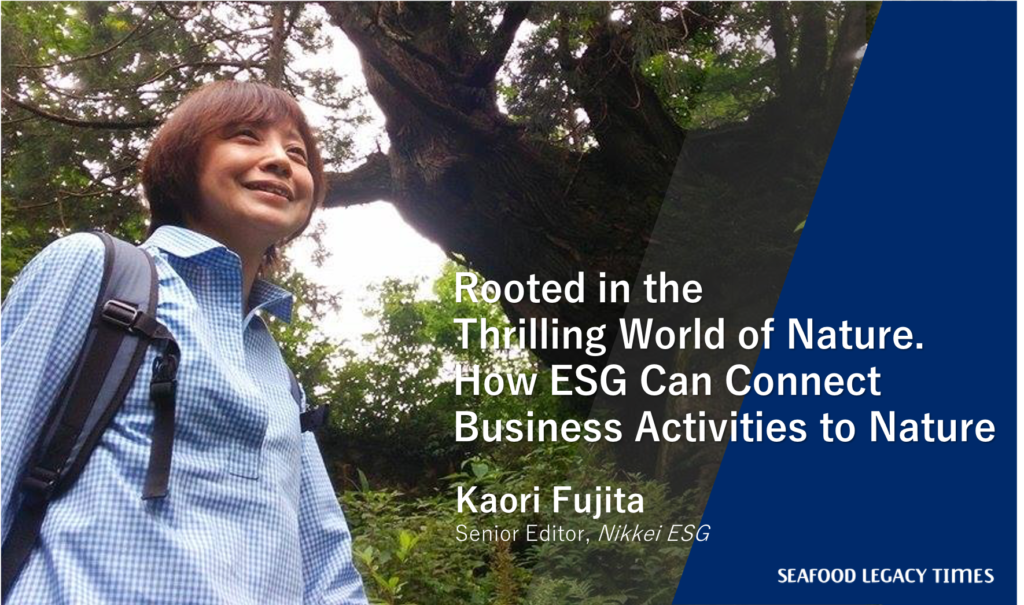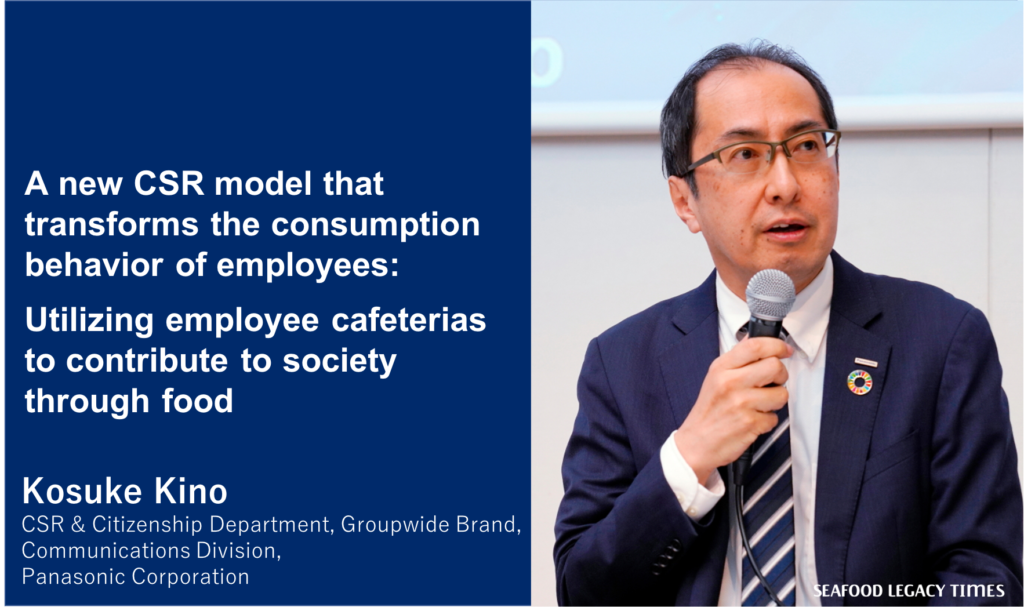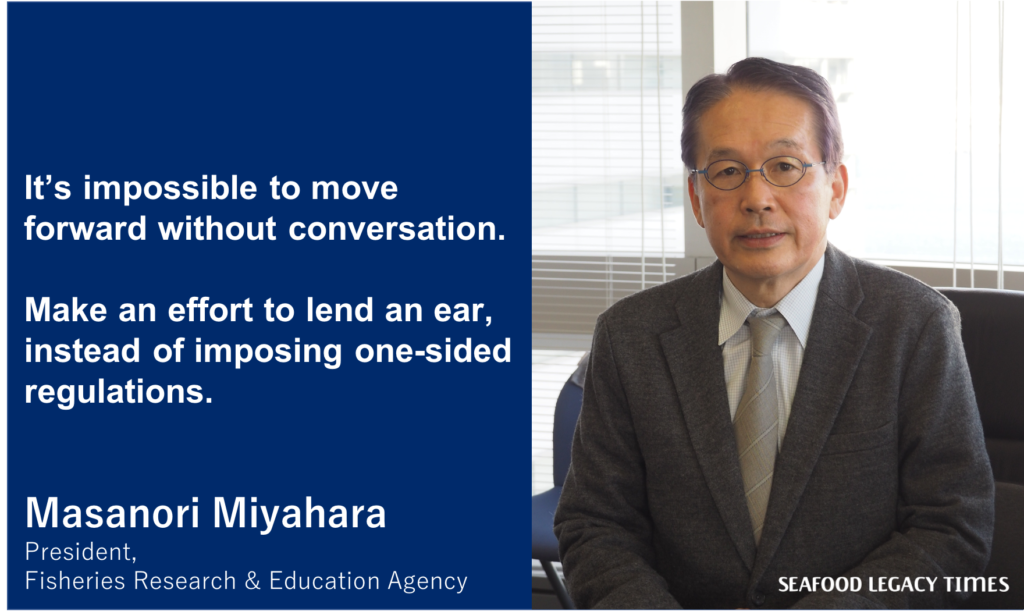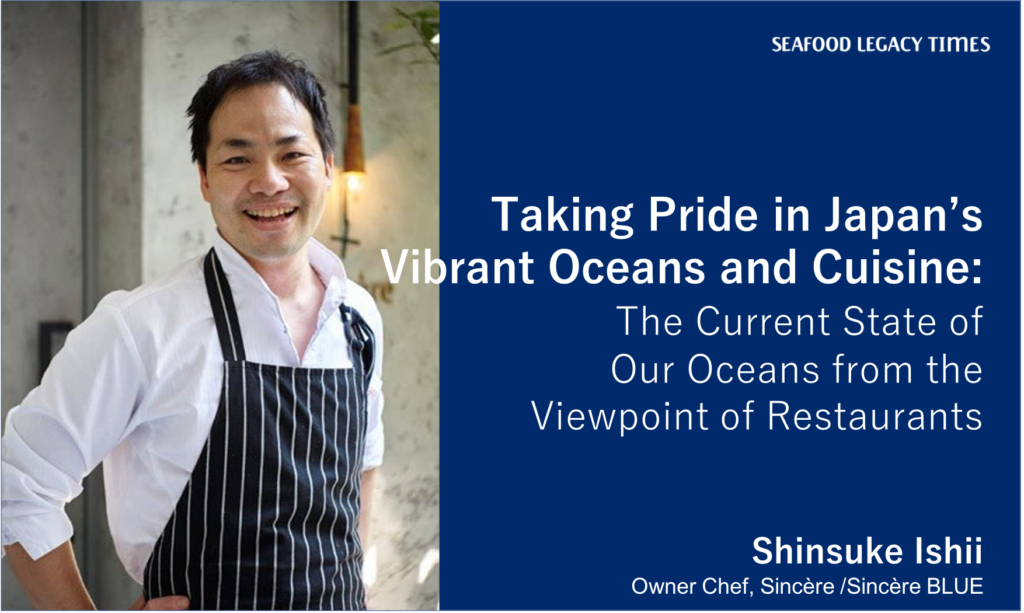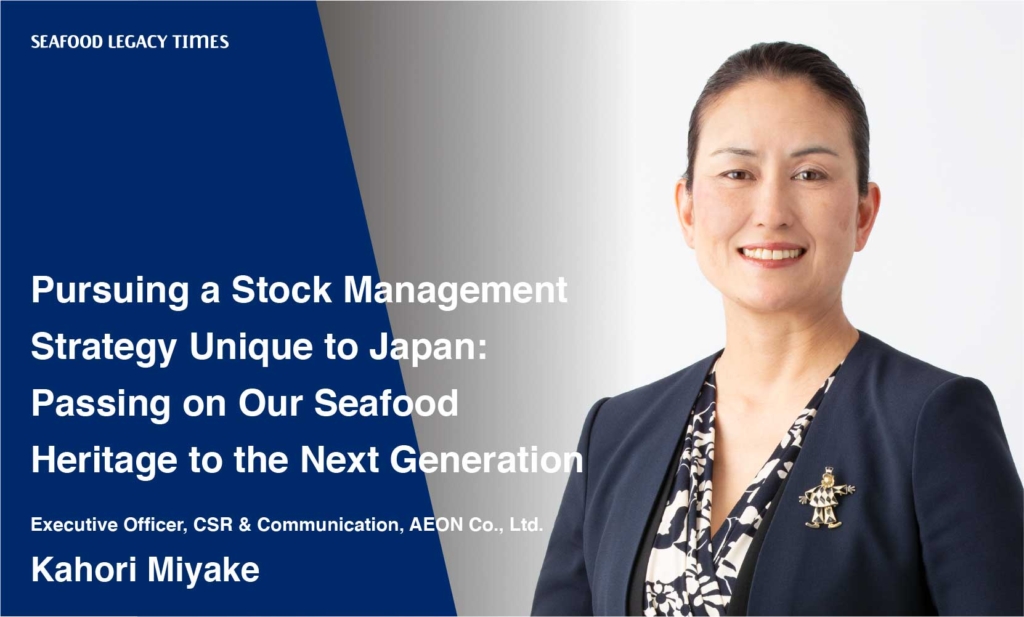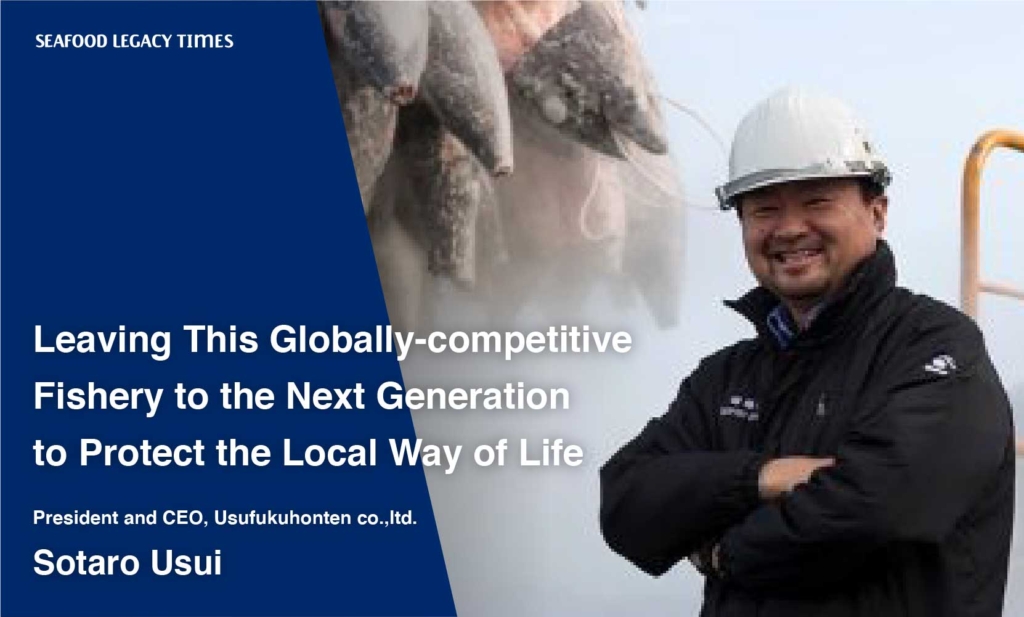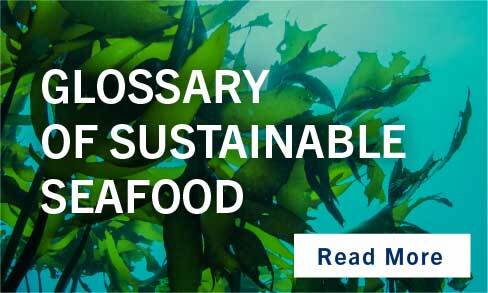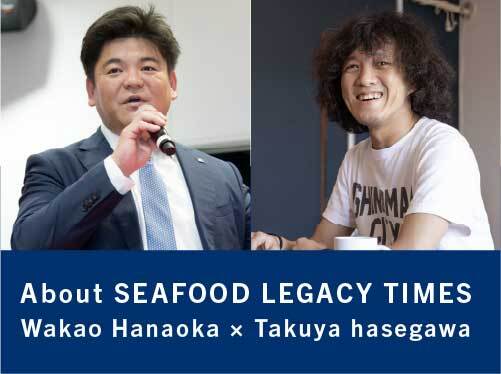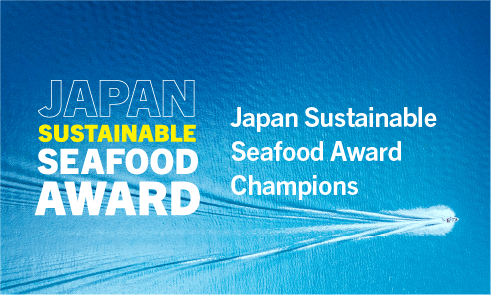
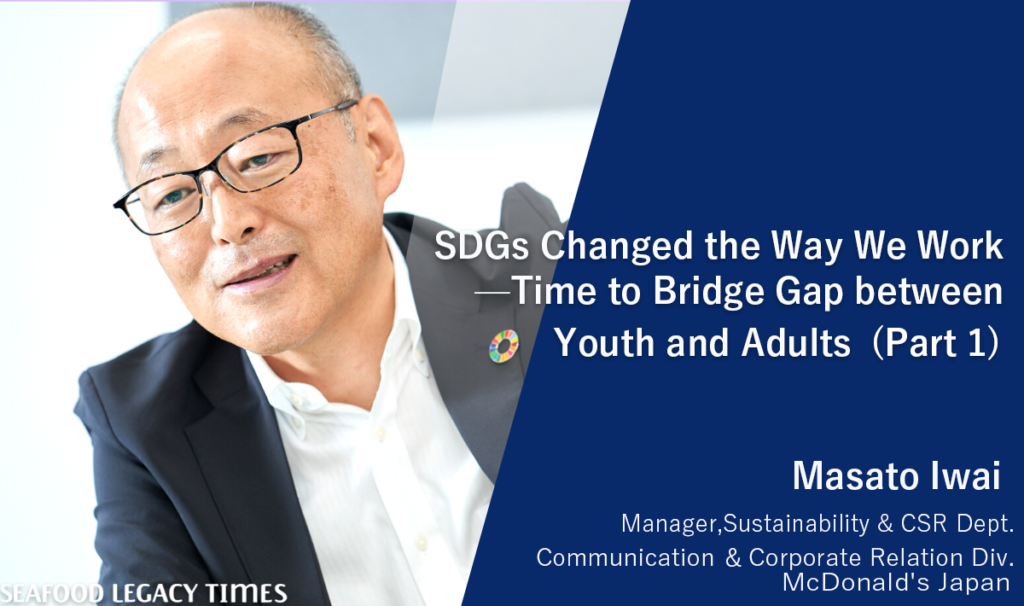
Celebrating its 50th anniversary this month, since the opening of their first store in Japan. Since 2019, they have been indicating the MSC (Marine Stewardship Council) label which is called “marine eco-label” onto the Filet-O-Fish package, an ever-popular menu item since the opening of their first store in Japan.
Before companies display the MSC label where consumers can see it, they must obtain a CoC (Chain of Custody) certificate, which ensures that certified fish or seafood products are traceable and kept separate from non-MSC certified products throughout the processing and distribution stages, on top of the sustainable fishery certification.
Masato Iwai, manager at McDonald’s Japan’s Corporate Social Responsibility (CSR) department (as of May 2021: currently ESG Dept. ), explains how and why they decided to procure the hard-to-obtain CoC certificate and display the MSC label, and how their SDGs initiatives changed his their working philosophy.
Masato Iwai
Masato Iwai joined McDonald’s Japan in 1984. As the manager and supervisor of several franchises, he dedicated himself to providing our customers “the greatest restaurant experience.”
Later, he was transferred to headquarters, where he provided support for efforts which enabled our restaurants to deliver their highest-level performance to customers, such as developing new products and new business model.
As of September 2014, he has been in charge of environmental efforts. In order to fulfill the corporate responsibilities borne by the 2,900 McDonald’s restaurants located throughout Japan, he has been in charge of promoting information awareness campaigns for our Sustainable Development Goals (SDGs), and various efforts contributing to the environment on our Earth.
—We understand that you began to display the MSC label in 2019. Does this mean that you started to use sustainable fish in the Filet-O-Fish at that time?
“No, before we decided to use the label, we had already used MSC certified fish, or more specifically, a predetermined quantity of Alaskan pollock caught in designated fishing fisheries by using a specific fishing method.
“However, in order to display the MSC label on product packaging, a CoC certificate* covering the entire supply chain is required on top of the sustainable fishery certification. And it was in 2019 that we became CoC certified.”
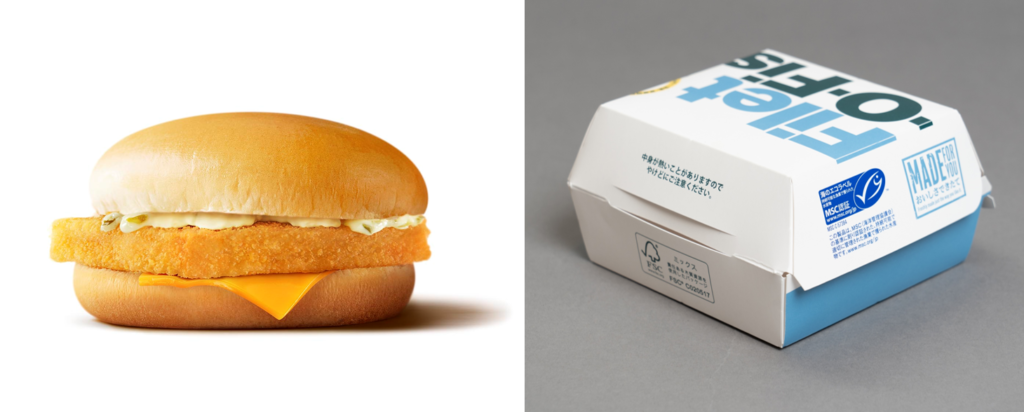
—Why didn’t you obtain the CoC certification from the beginning?
We simply did not regard it as necessary back then. We are conducting sustainable procurement as a company, so we did not believe we had to make our efforts known to the public.
—Then, what changed your mind?
The SDGs were a major catalyst. In accordance with the goals, there is a growing need for companies to take responsible actions and communicate such efforts to consumers.
On the other hand, consumer awareness is rising more than we expected. I often talk about the SDGs at schools and companies, and what really surprises me when I communicate with high school and college students is how profoundly they know about the SDGs. I was astonished when one high school student said, “When I was in England as a short-term exchange student, I noticed that the Filet-O-Fish there had a MSC label. Why is the Japanese one without it?” Students are sensitive to such issues, although people over thirty still show little interest.
—So, you got a valuable insight from the teenager’s question.
You are right. We then realized that it is not enough for a business to act responsibly; only when displayed on the product are our efforts properly understood and appreciated.
Junior high and high school students we meet and talk at events are quite familiar with SDGs-related labels like FSC (Forest Stewardship Council) and Rainforest Alliance, though MSC certification is less recognized. When we ask why they know such labels, they are like, “We learn about them in class.” And their textbooks describe the details. So, the SDGs have naturally become common knowledge among students. Now companies, in turn, must show explicit evidence that they meet public standards.
—The impact young people made you aware of this should have been great.
Yes, but still, adults are not really interested. I always feel the gap between adults and children. MSC certification is unknown to even some media people who are engaged in promoting the SDGs.
—What difficulties did you have to go through before you were actually able to display the MSC-certified logo?
It definitely wasn’t easy at all to obtain CoC certification. The MSC inspects all of the steps in the entire supply chain, but the final processing site for Filet-O-Fish is inside stores. It is quite a challenge when auditors use random sampling to select which stores out of 2,900 nationwide to visit for inspections. Preparing for it was a nerve-racking experience.
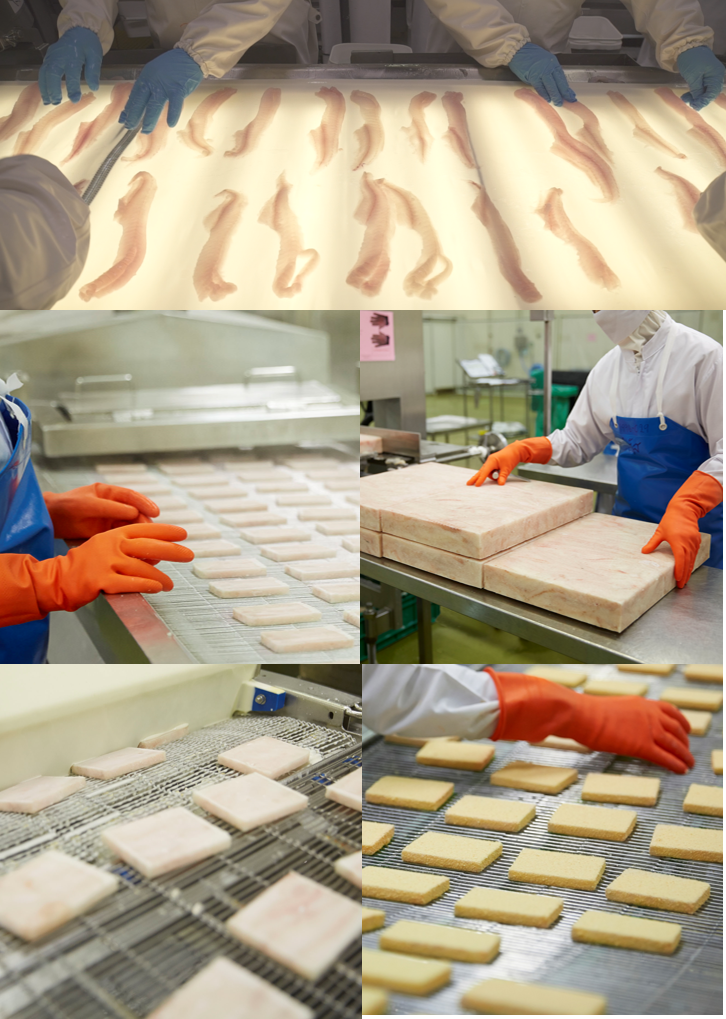
Also, it was actually our first time obtaining CoC certification, so to prepare for the inspection, there were lots of meetings with supply chain personnel and staff from factories and distribution centers, and we had to create a manual… We were constantly searching for answers to all of the things we didn’t know.
──Did it take a long time?
We had repeated meetings for 7-8 months starting in 2018, and it wasn’t until August 2019 that we obtained CoC certification and the right to display the MSC-certified logo, so it took about a year and a half from when we started taking concrete action.
──The CSR department took the initiative on the project all the way until finally being able to display the MSC-certified logo. How did people inside the company and other stakeholders react?
As with any matter related to the SDGs, the entire company is involved. Of course, no one is opposed to the general idea, because it is a good thing. But when it comes to implementation, there are some tricky questions, such as who will handle the costs, and who will take leadership?
The management reacted positively to the MSC CoC certification, but the implementation has an impact on financing, as well as sales operations when inspectors visit stores. For use of the logo, marketing is involved. For communicating its meaning, public relations is also needed. Almost all departments ended up participating in the initiative.
──It sounds like it was a challenge to coordinate everything…
In our case, a company-wide steering committee was established to enable communication across departments. We spent about a year working out the plan for MSC certification before beginning to execute on it.
Perhaps we were able to proceed relatively smoothly at McDonald’s because of the major trend across the world to tackle the SDGs.
Even though we went through so much trouble to be able to display the logo, we feel that public awareness of MSC certification is still not very high. Therefore, we are continuing our efforts to broaden societal understanding of the logo, and to increase familiarity with it inside our company as well.
Original Japanese text by: Keiko Ihara


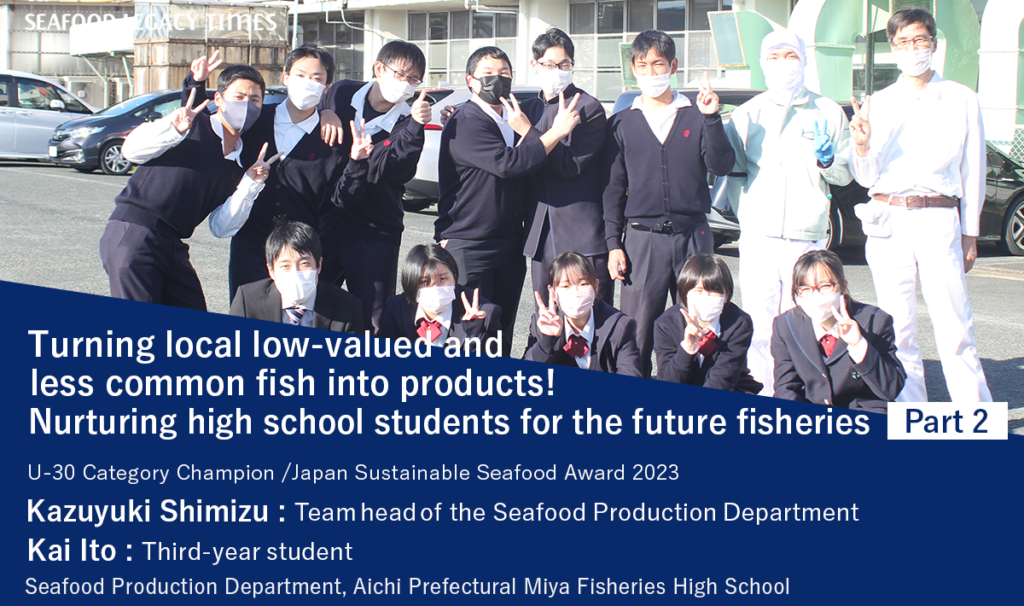
-1024x606.png)


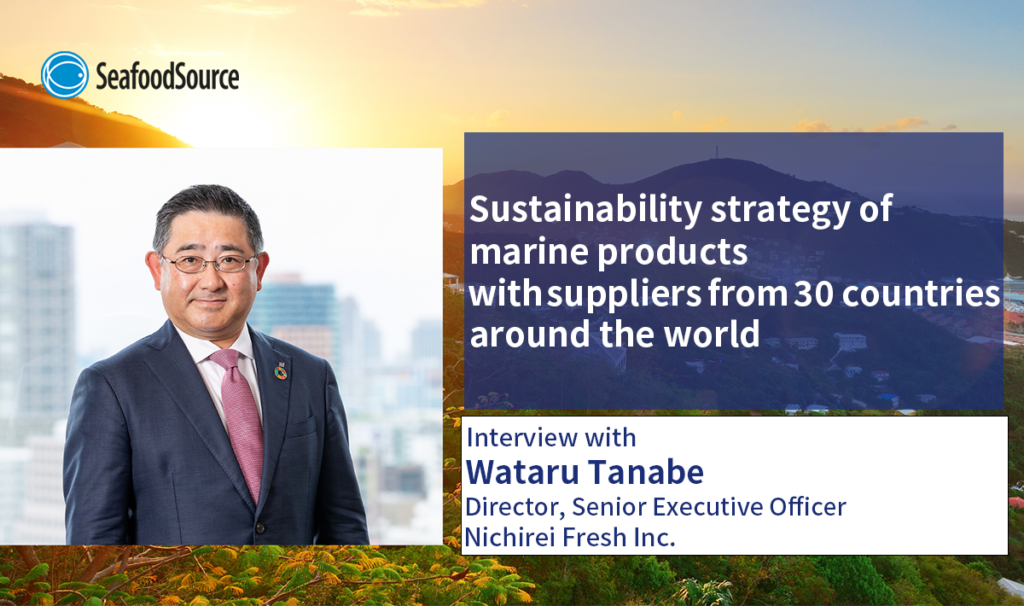
_-1024x606.png)

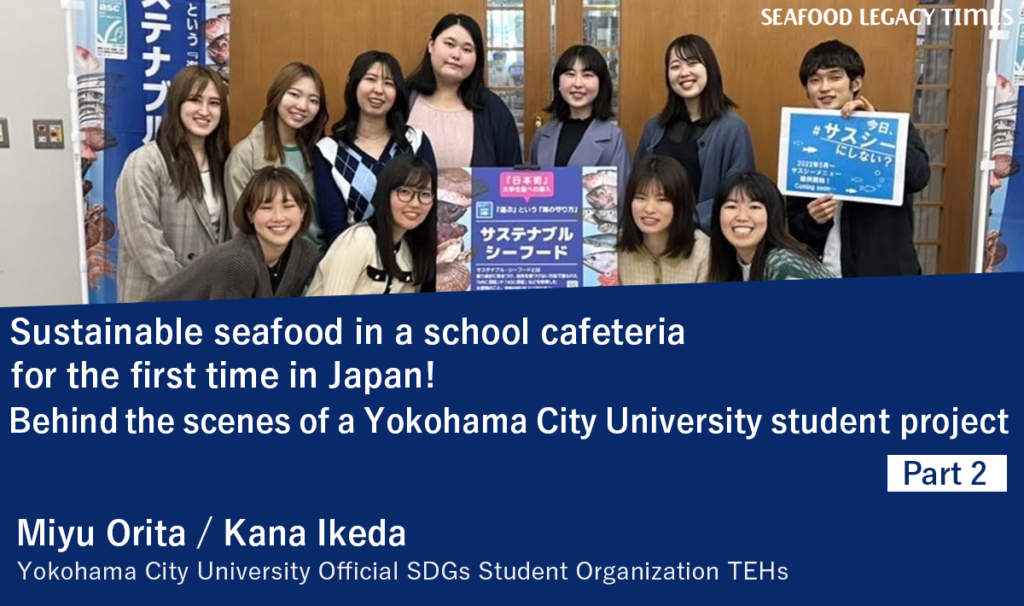
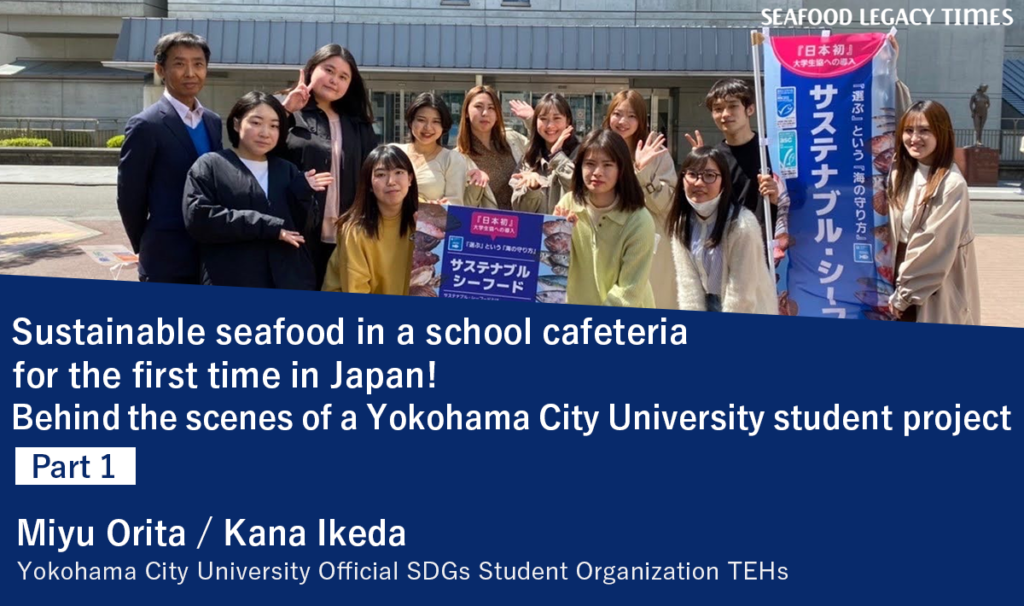



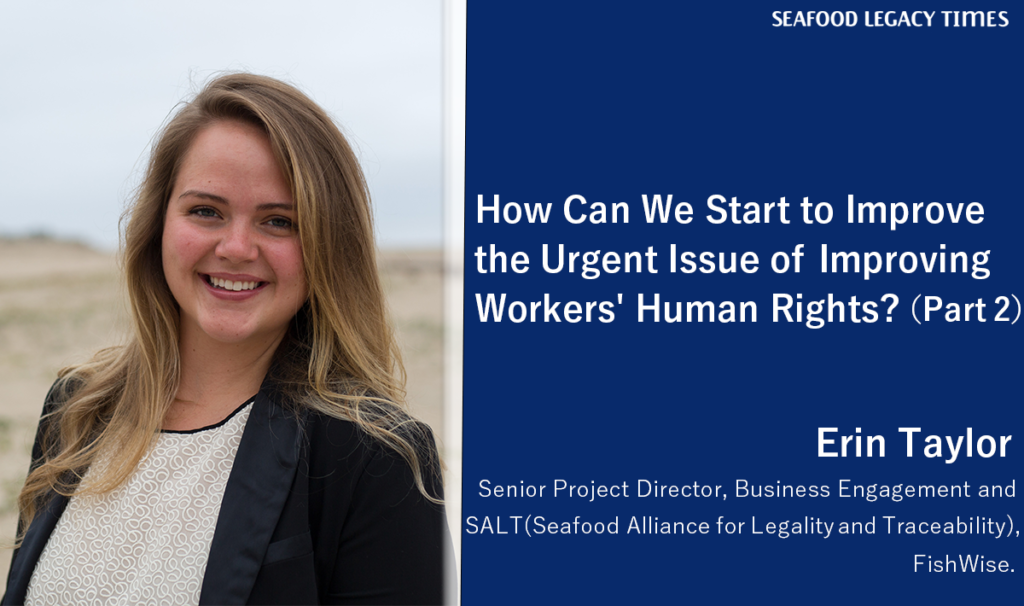
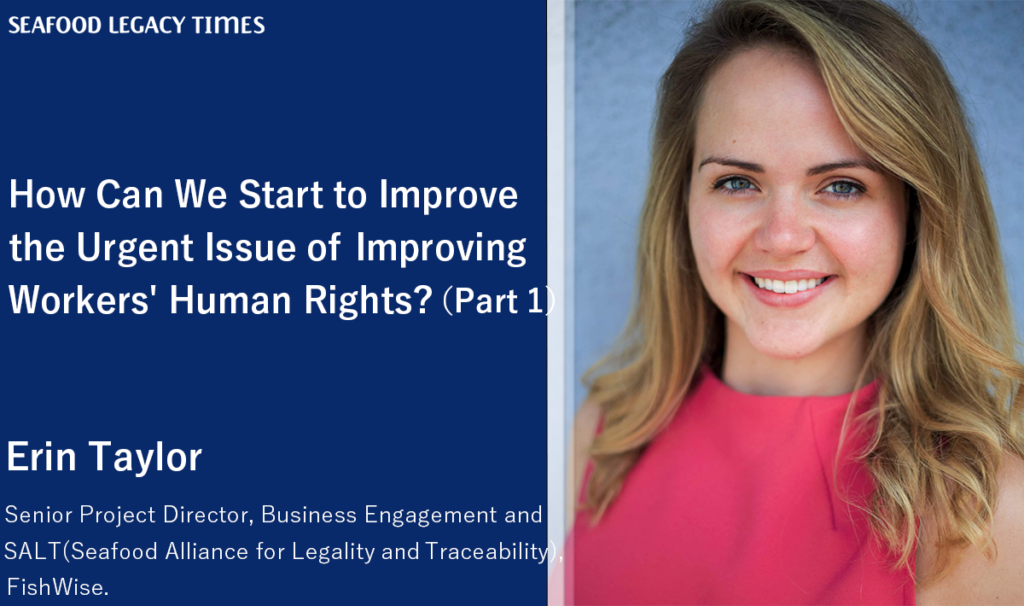
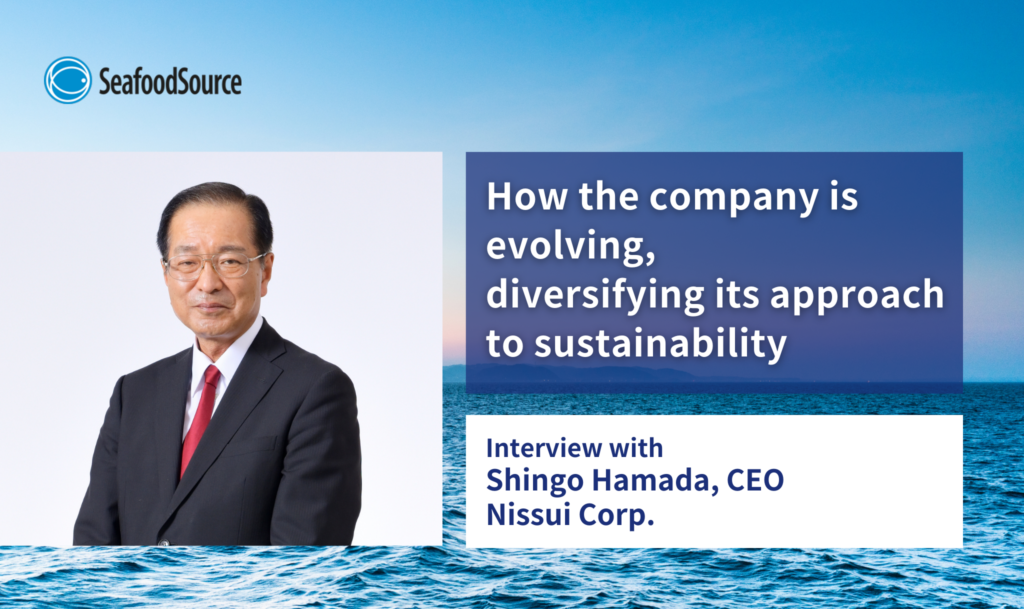




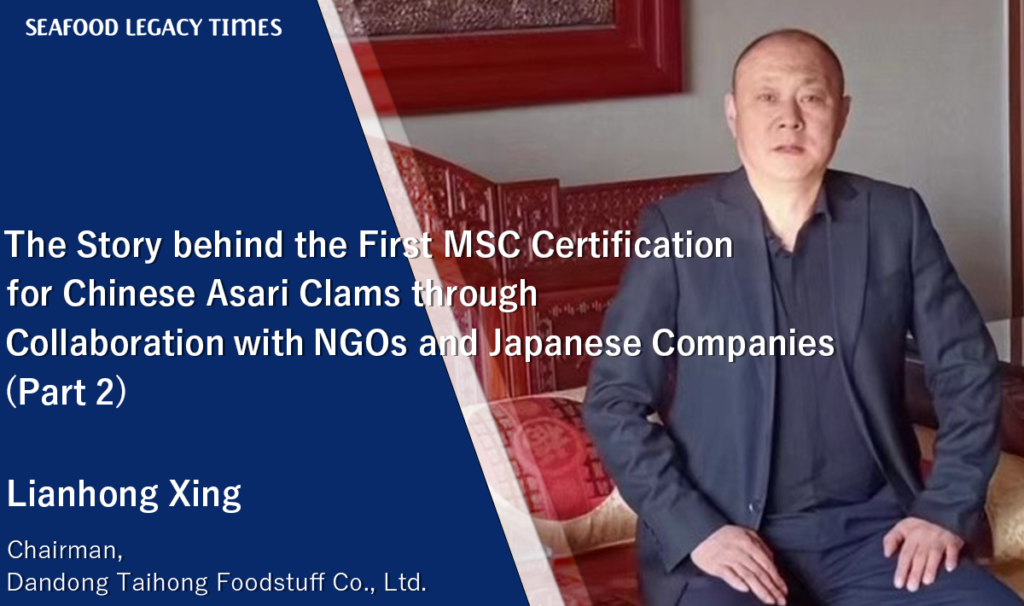
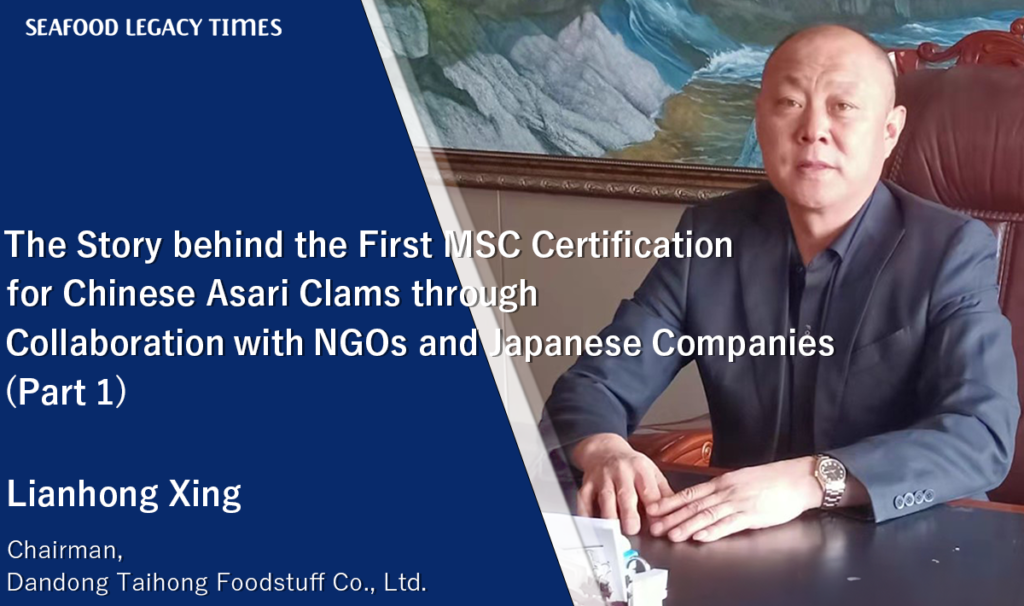

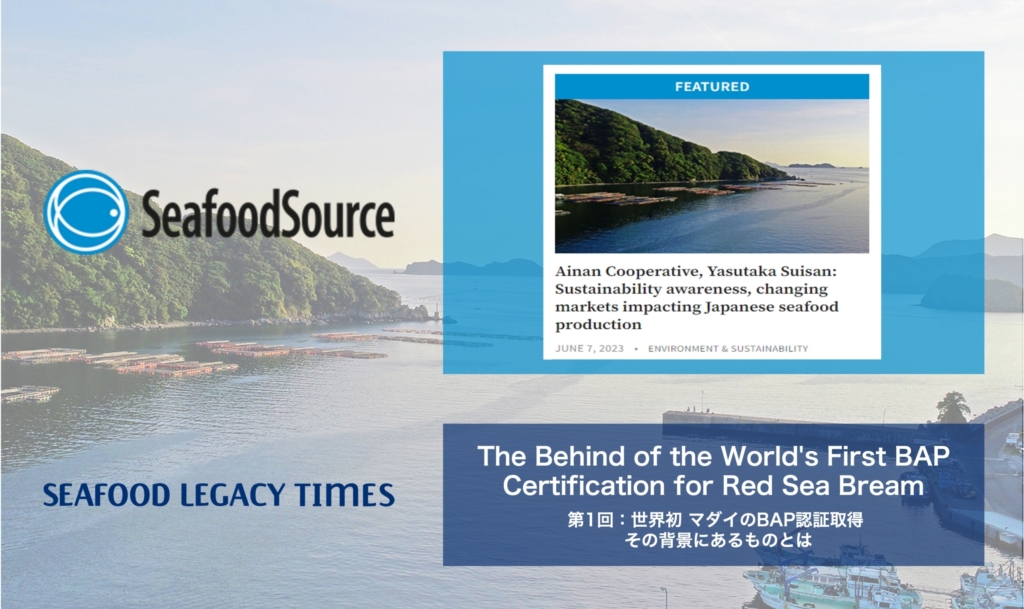

1_修正524-1024x606.png)


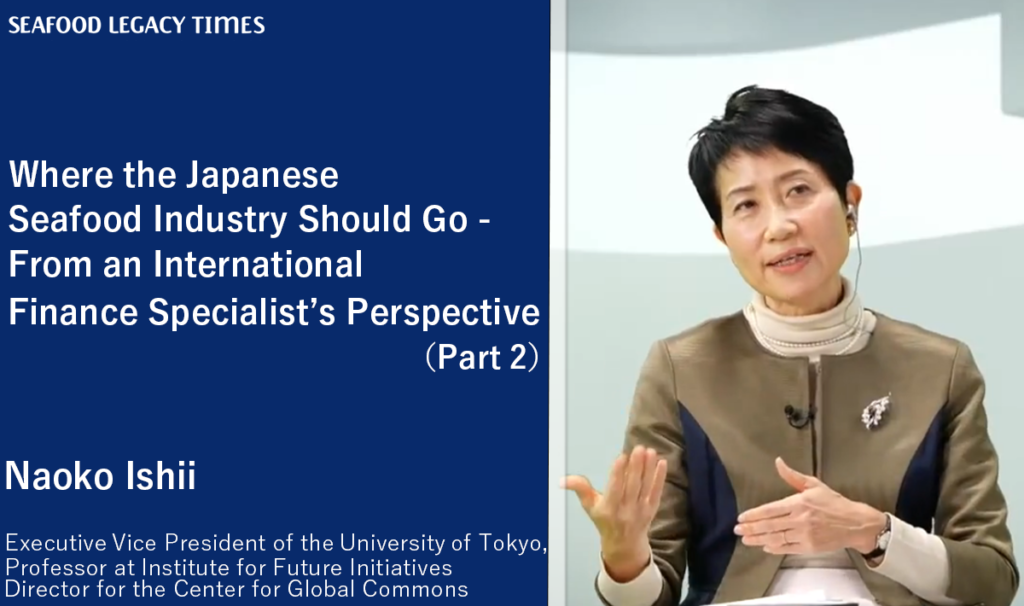







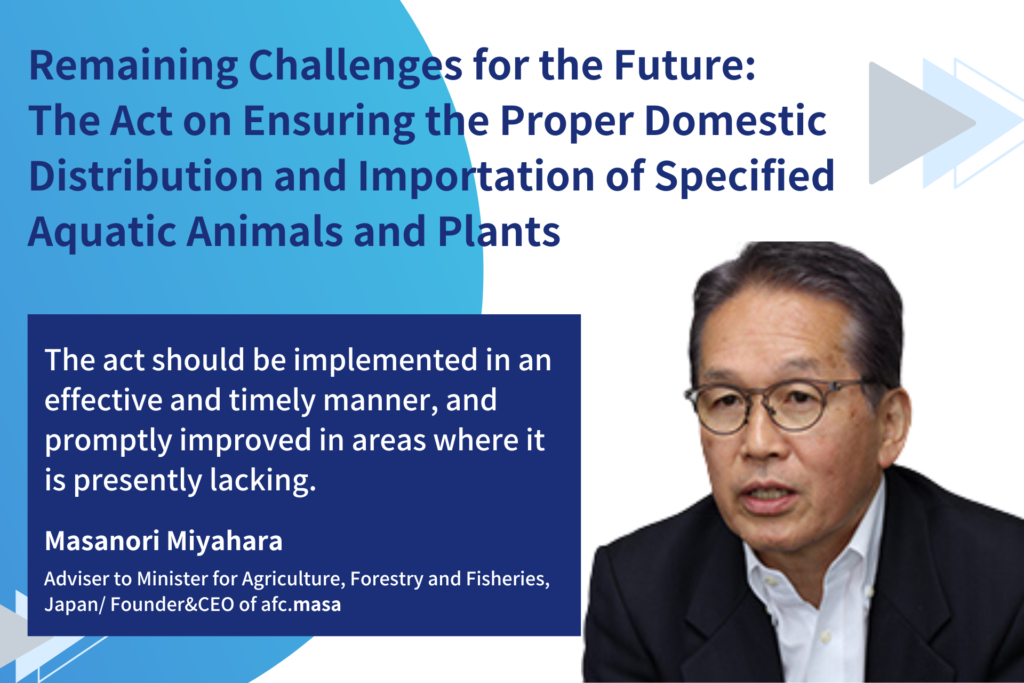
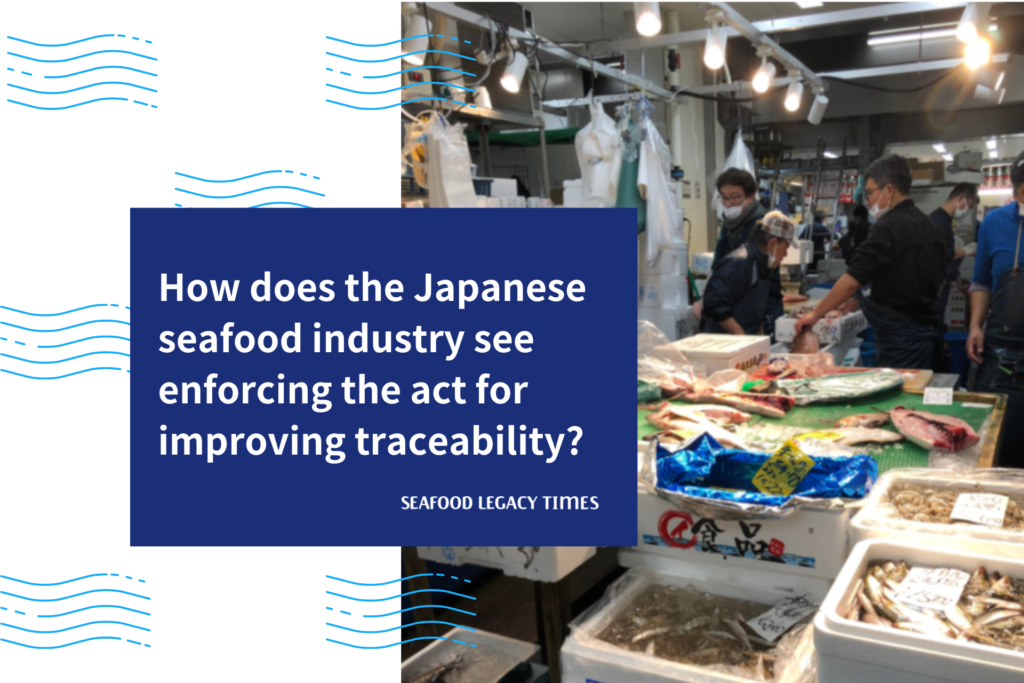



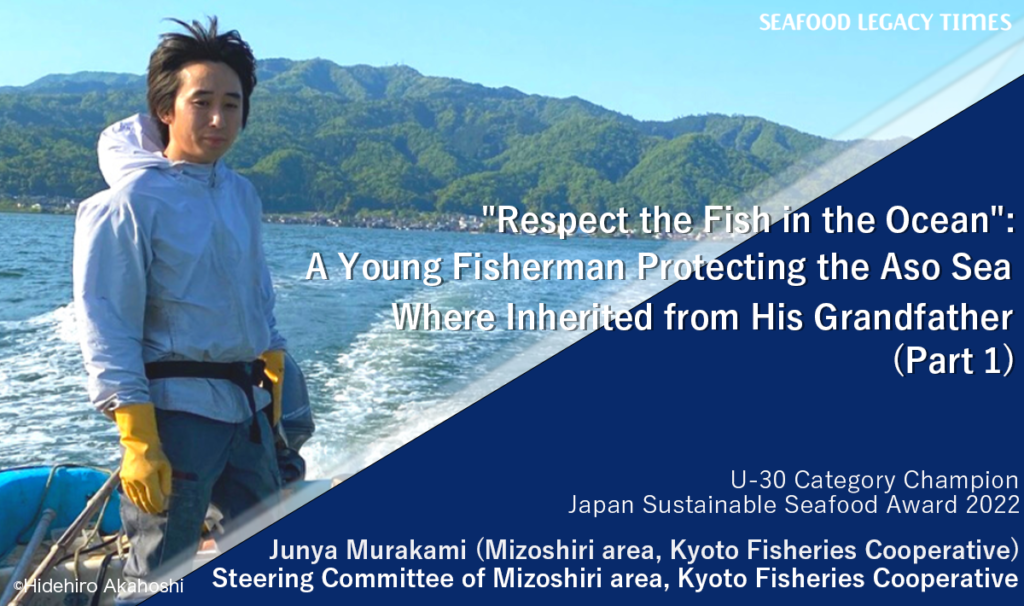
.2-1024x606.png)
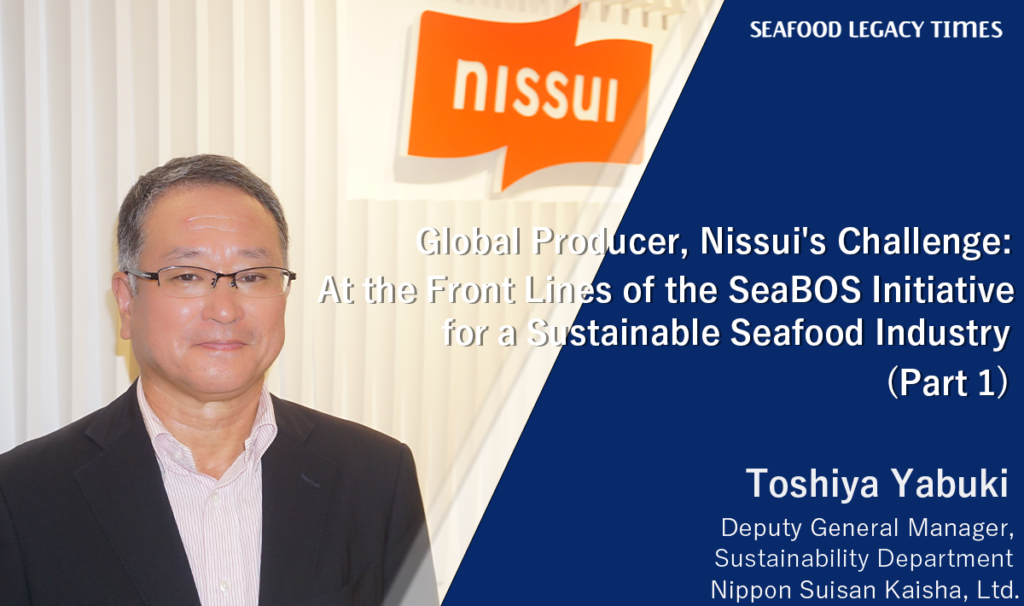
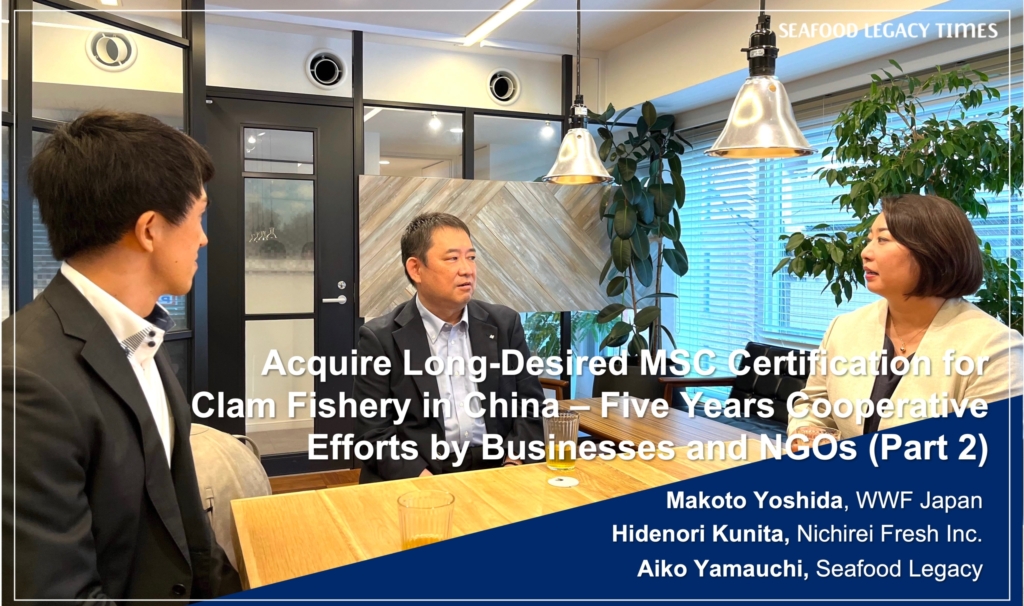
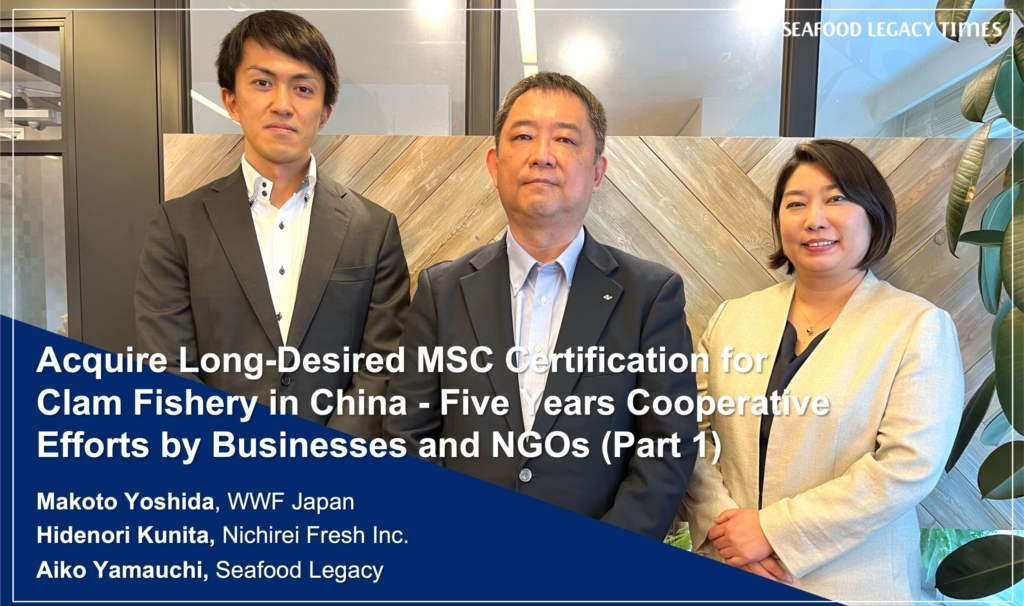






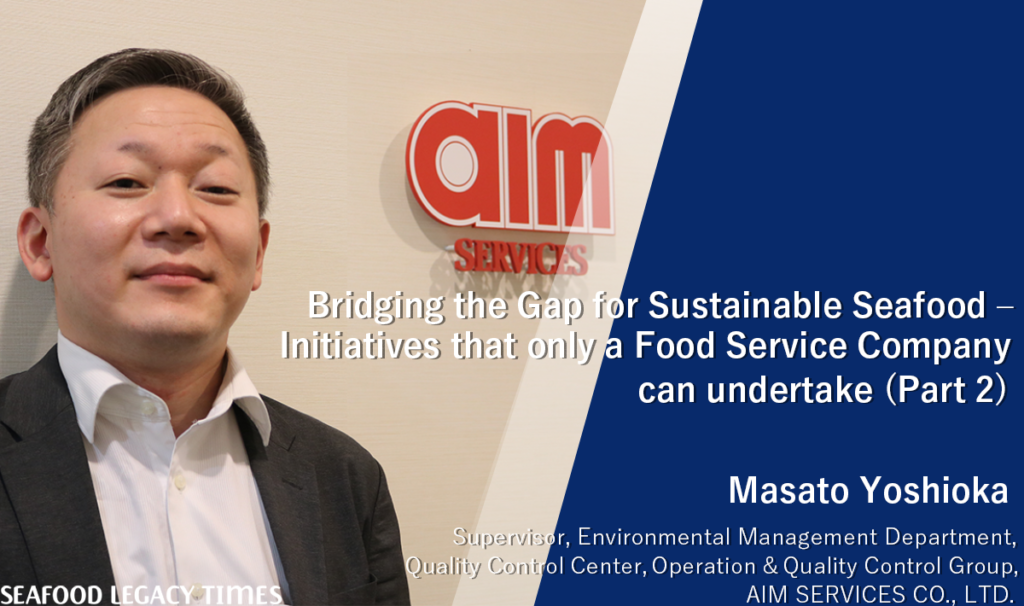
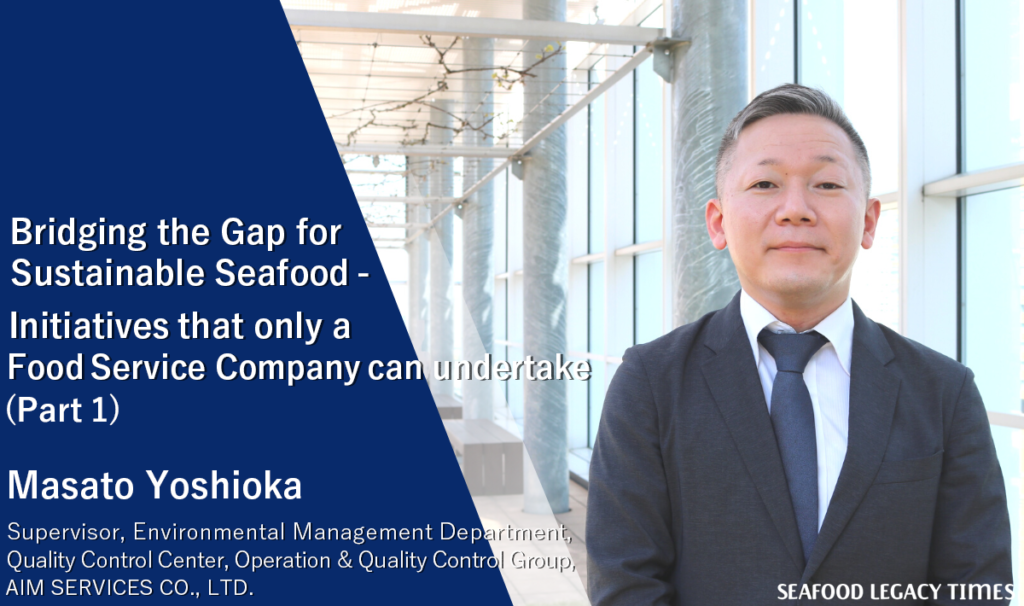
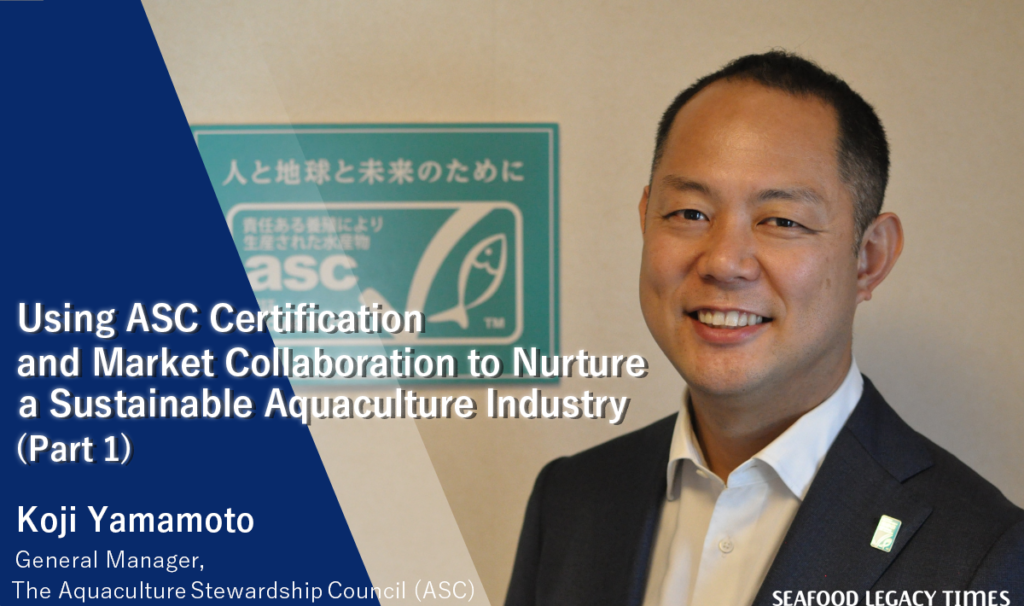
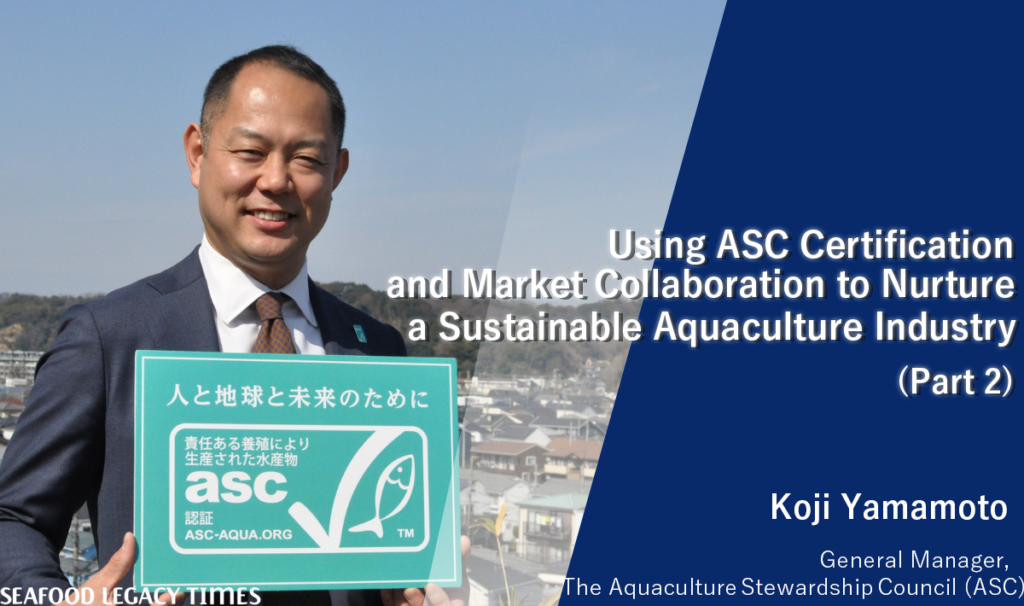
2-1024x606.png)
-1-1024x606.png)
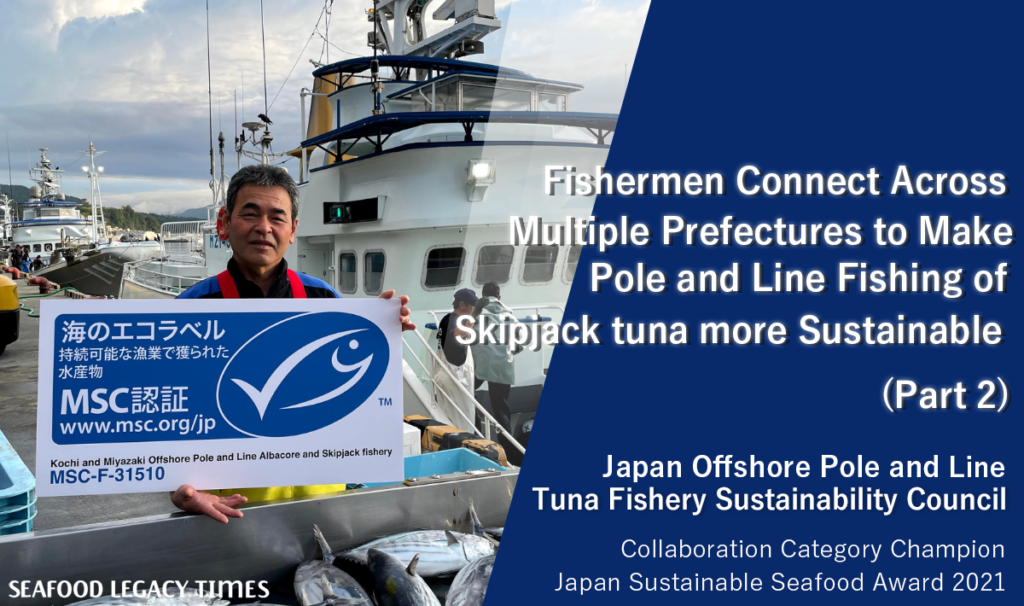
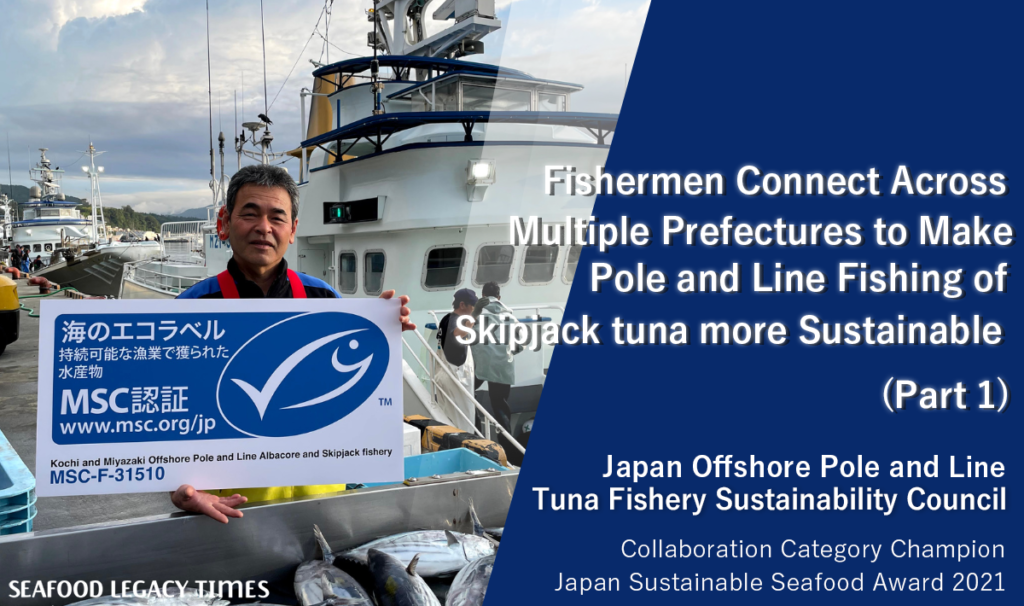
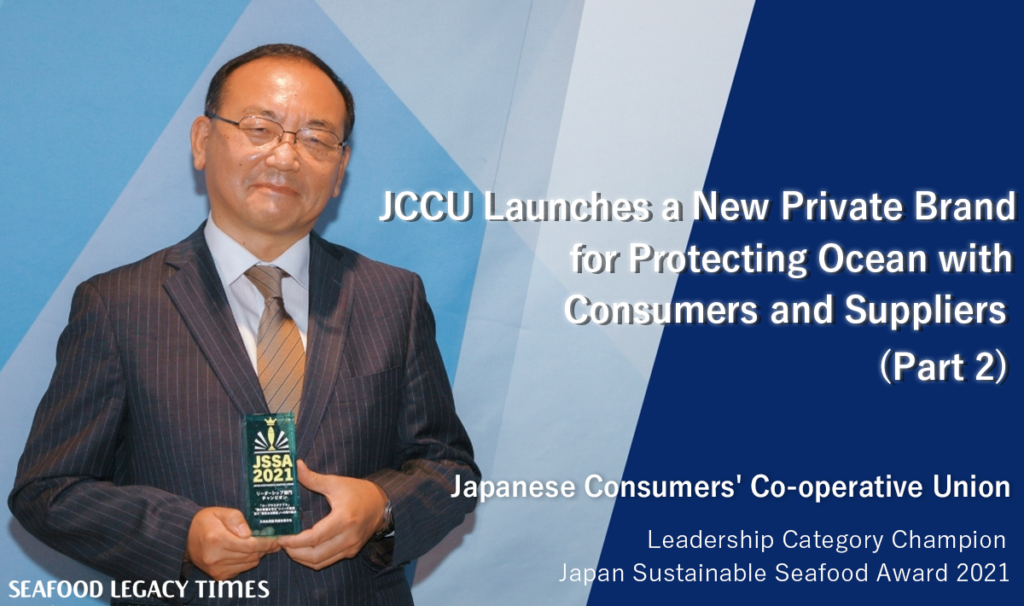
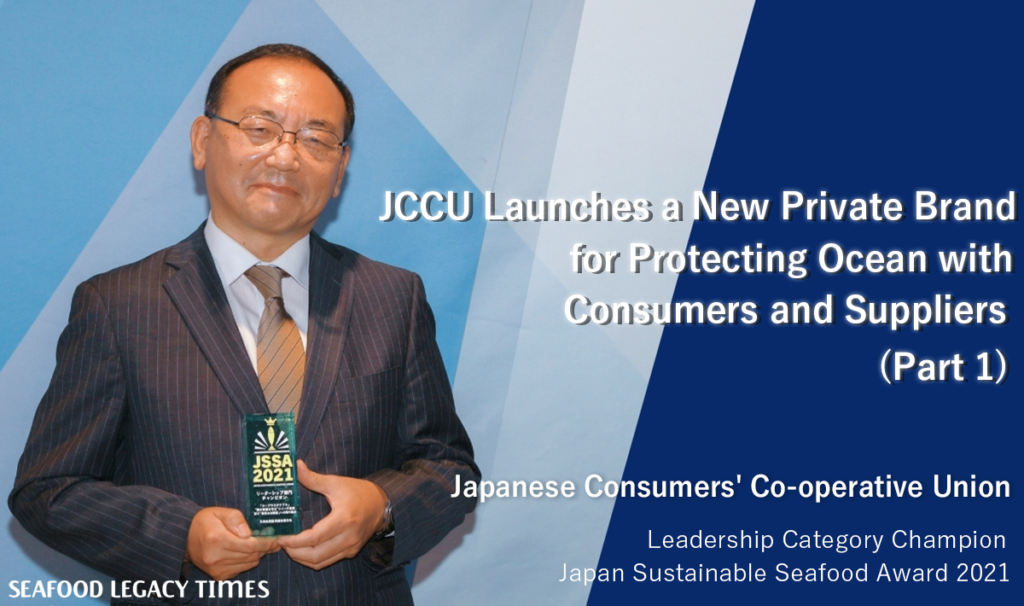
Part2-1024x606.png)
Part1-1024x606.png)
